In an age where digital connectivity is sold as the ultimate antidote to loneliness, a paradox emerges: the more we buy into the promise of connection, the lonelier we seem to become. This unsettling phenomenon lies at the heart of what critics call "emotional consumerism"—a market-driven illusion that equates purchasing power with emotional fulfillment. The shelves of our digital lives are stocked with apps, gadgets, and services that vow to bridge gaps between us, yet the chasm of genuine human connection only widens. How did we arrive here, and why does this cycle persist?
The architecture of modern capitalism thrives on manufactured discontent. From targeted ads whispering that we’re one click away from belonging to algorithms designed to exploit our vulnerabilities, the emotional marketplace is rigged. Platforms peddle connection as a commodity—something to be acquired rather than cultivated. We scroll through curated highlights of others’ lives, mistaking visibility for intimacy, and confuse the adrenaline of notifications with the warmth of presence. The result is a hollow imitation of community, where followers outnumber friends and emojis stand in for empathy.
Beneath the glossy surface of social commerce lies a darker truth: loneliness has become profitable. The very industries that claim to alleviate isolation depend on its perpetuation. Consider the subscription-based friendships of premium chat services or the gamified loneliness of dating apps, where genuine connection is buried beneath paywalls and performance. Emotional consumerism teaches us to outsource our humanity, replacing messy, reciprocal relationships with transactional ones. We’re encouraged to "invest" in self-care products rather than demand systemic support, to buy mindfulness courses instead of questioning why modern life leaves us so depleted.
This crisis of connection is exacerbated by the erosion of physical spaces where unstructured human interaction once flourished. As third places—cafés, parks, libraries—are replaced by delivery apps and virtual hangouts, so too are the serendipitous encounters that nourish belonging. Digital alternatives promise efficiency but sterilize spontaneity; they prioritize convenience over the unpredictable alchemy of face-to-face contact. What remains is a sanitized version of togetherness, one that demands little but gives even less.
The toll of this emotional bait-and-switch is measurable. Studies correlate skyrocketing loneliness rates with increased engagement on platforms designed to "connect" us. Young adults, the most digitally immersed generation, report feeling more isolated than their elders despite having hundreds of online connections. This isn’t mere coincidence—it’s by design. Emotional consumerism thrives on the anxiety that others are connecting better, happier, without us. It’s a self-replenishing void: the lonelier we feel, the more we consume; the more we consume, the lonelier we become.
Breaking this cycle requires recognizing connection as a practice rather than a product. It means rejecting the notion that our worth is tied to our visibility or purchasing power and rebuilding spaces—both physical and cultural—where vulnerability isn’t commodified. Real connection demands time, risk, and the courage to exist offline without apology. As the critic Lauren Berlant once wrote, "Cruel optimism" occurs when the object of our desire is what prevents our flourishing. Perhaps it’s time to stop buying what’s being sold and start reclaiming what was never for sale.
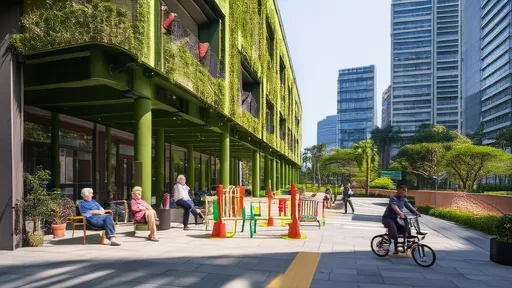
By /Jul 28, 2025

By /Jul 28, 2025

By /Jul 28, 2025
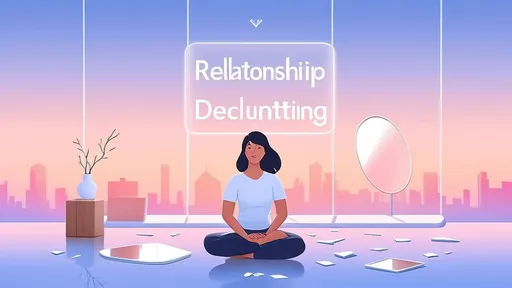
By /Jul 28, 2025
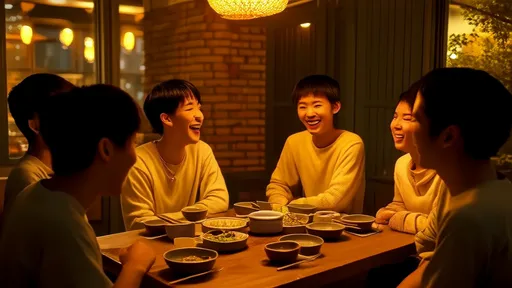
By /Jul 28, 2025
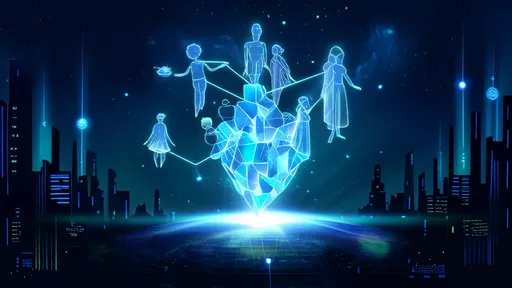
By /Jul 28, 2025

By /Jul 28, 2025

By /Jul 28, 2025

By /Jul 28, 2025

By /Jul 28, 2025

By /Jul 28, 2025

By /Jul 28, 2025

By /Jul 28, 2025
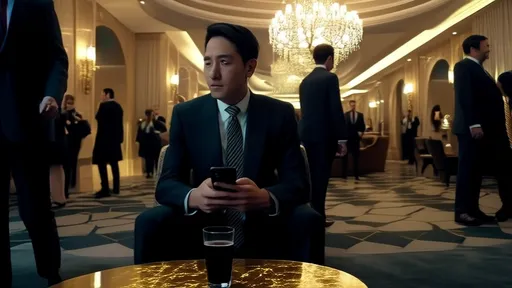
By /Jul 28, 2025
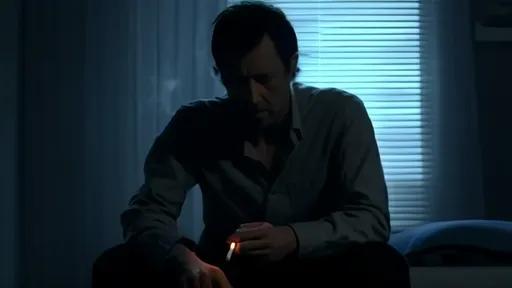
By /Jul 28, 2025

By /Jul 28, 2025

By /Jul 28, 2025

By /Jul 28, 2025

By /Jul 28, 2025
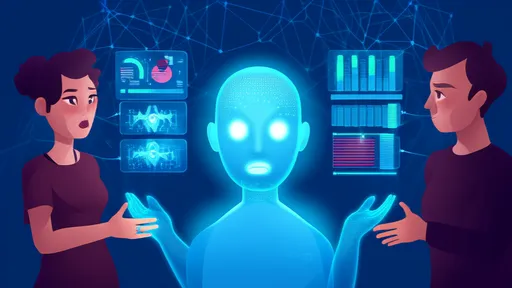
By /Jul 28, 2025